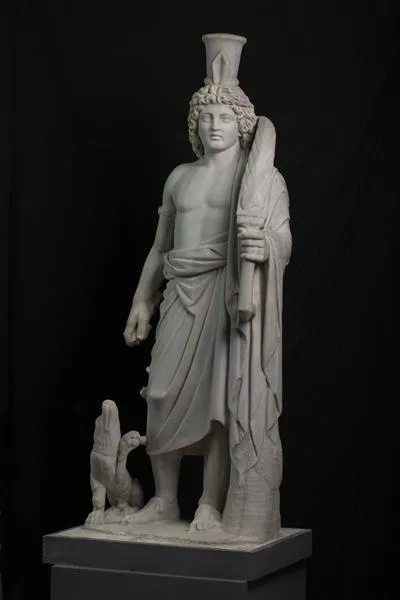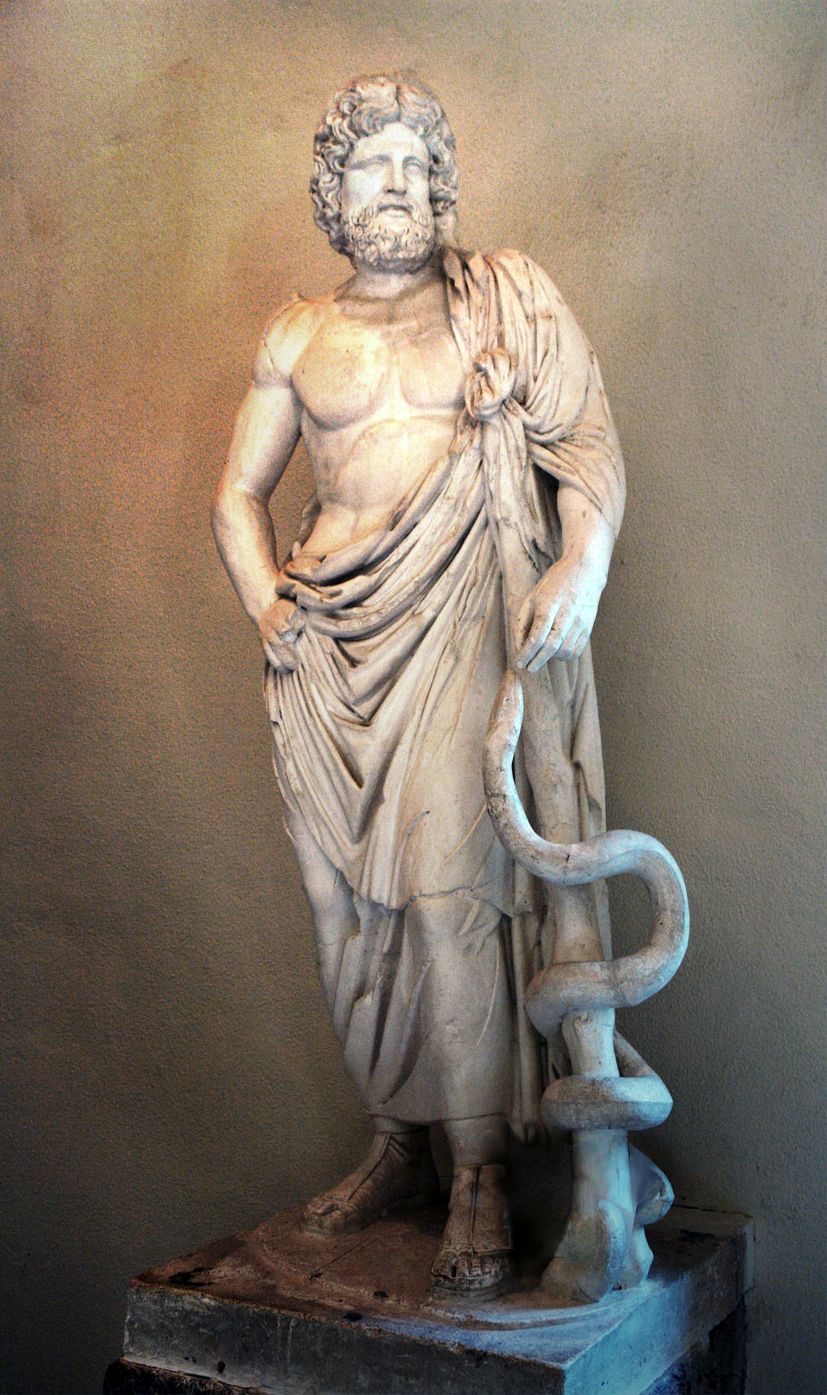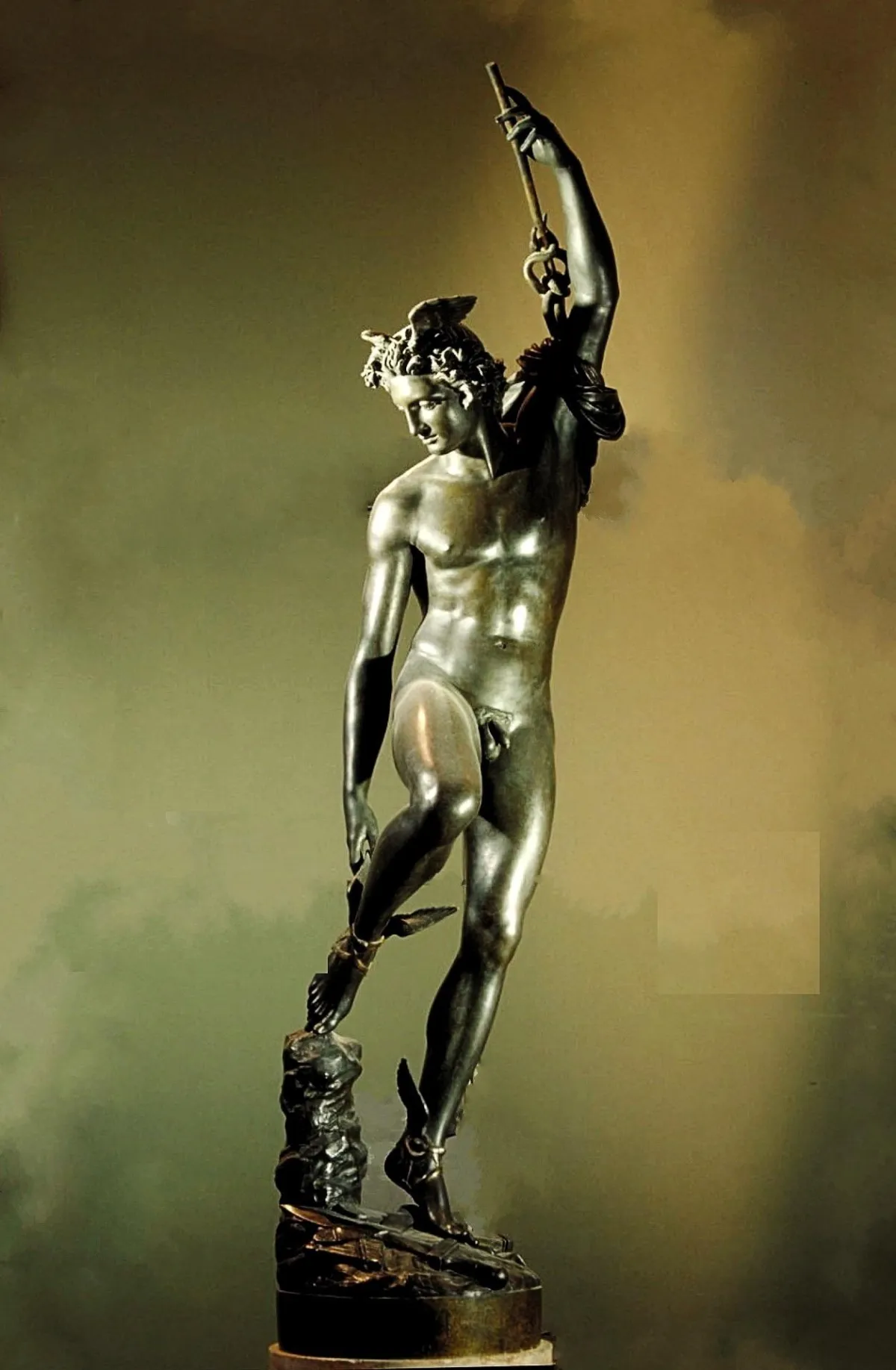Diactorus
Diactorus
D.E.I.
D.E.I.
This page serves as an overview for the titles of eleven-part series focusing primarily on narrative literacy, serving as the exponent of ontological mathematics.
This is for every seeker.
⊕. The Vagabonds born in Mt. Cyllene.
I. The Adherents to the Incorruptible Form.
II. Akin to Phanes in the Cosmic Egg.
III. The Ikelos of Hypnos.
IV. The Zokujin at the base of the Mountain.
V. Akin to Aeneas for whom Aphrodite grieves.
VI. Followers in the footsteps of Thales of Miletus.
VII. Akin to Theseus in the Labyrinth seeking to escape the Minotaur.
VIII. Wielders of the Golden Bough, the Virgula Divina.
IX. Those lost in the Kou of Nun from which every Ba is born.
⊗. The Wanderers in the Wasteland.
A prologue will be written, considered a single article.
The total of 11 series, will each have 11 subjects to be addressed and per subject 3 articles will be written.
At the end an epilogue will be written, considered a single article, as well.
Tallying up all articles a total of exactly 365 articles will be written.
A tributary number.

⊕: D.E.I.
⊕. Diactorus: Vade Mecum
Frequently Asked Questions
Q:
Lorem ipsum dolor sit amet, consetetu sadipscing elitr, sed diam nonumy!
Lorem ipsum dolor sit amet, consetetur sadipscing elitr, sed diam nonumy eirmod tempor invidunt ut labore et dolore magna aliquyam erat, sed diam voluptua. At vero eos et accusam et justo duo dolores et ea rebum. Stet clita kasd gubergren, no sea takimata sanctus est.
Q:
Lorem ipsum dolor sit amet, consetetu sadipscing elitr, sed diam nonumy!
Lorem ipsum dolor sit amet, consetetur sadipscing elitr, sed diam nonumy eirmod tempor invidunt ut labore et dolore magna aliquyam erat, sed diam voluptua. At vero eos et accusam et justo duo dolores et ea rebum. Stet clita kasd gubergren, no sea takimata sanctus est.

Sin for Salvation: Dare
I. Sin of Commission
·
II. Sin of Omission
·
III. Sin of Permission

Frequently Asked Questions
Q:
Lorem ipsum dolor sit amet, consetetu sadipscing elitr, sed diam nonumy!
Lorem ipsum dolor sit amet, consetetur sadipscing elitr, sed diam nonumy eirmod tempor invidunt ut labore et dolore magna aliquyam erat, sed diam voluptua. At vero eos et accusam et justo duo dolores et ea rebum. Stet clita kasd gubergren, no sea takimata sanctus est.
Q:
Lorem ipsum dolor sit amet, consetetu sadipscing elitr, sed diam nonumy!
Lorem ipsum dolor sit amet, consetetur sadipscing elitr, sed diam nonumy eirmod tempor invidunt ut labore et dolore magna aliquyam erat, sed diam voluptua. At vero eos et accusam et justo duo dolores et ea rebum. Stet clita kasd gubergren, no sea takimata sanctus est.

Glass Bead Game: Excel
IV. Rashomon Game
·
V. Ambrosia Game
·
VI. Abacus Game
Frequently Asked Questions
Q:
Lorem ipsum dolor sit amet, consetetu sadipscing elitr, sed diam nonumy!
Lorem ipsum dolor sit amet, consetetur sadipscing elitr, sed diam nonumy eirmod tempor invidunt ut labore et dolore magna aliquyam erat, sed diam voluptua. At vero eos et accusam et justo duo dolores et ea rebum. Stet clita kasd gubergren, no sea takimata sanctus est.
Q:
Lorem ipsum dolor sit amet, consetetu sadipscing elitr, sed diam nonumy!
Lorem ipsum dolor sit amet, consetetur sadipscing elitr, sed diam nonumy eirmod tempor invidunt ut labore et dolore magna aliquyam erat, sed diam voluptua. At vero eos et accusam et justo duo dolores et ea rebum. Stet clita kasd gubergren, no sea takimata sanctus est.

The Hero's Program: Invigorate
VII. Net Zero To Hero
·
VIII. Fine Game Of Nil
·
IX. Neter Nefer

Frequently Asked Questions
Q:
Lorem ipsum dolor sit amet, consetetu sadipscing elitr, sed diam nonumy!
Lorem ipsum dolor sit amet, consetetur sadipscing elitr, sed diam nonumy eirmod tempor invidunt ut labore et dolore magna aliquyam erat, sed diam voluptua. At vero eos et accusam et justo duo dolores et ea rebum. Stet clita kasd gubergren, no sea takimata sanctus est.
Q:
Lorem ipsum dolor sit amet, consetetu sadipscing elitr, sed diam nonumy!
Lorem ipsum dolor sit amet, consetetur sadipscing elitr, sed diam nonumy eirmod tempor invidunt ut labore et dolore magna aliquyam erat, sed diam voluptua. At vero eos et accusam et justo duo dolores et ea rebum. Stet clita kasd gubergren, no sea takimata sanctus est.

⊗: D.E.I.
⊗. X-Caliber
Frequently Asked Questions
Q:
Lorem ipsum dolor sit amet, consetetu sadipscing elitr, sed diam nonumy!
Lorem ipsum dolor sit amet, consetetur sadipscing elitr, sed diam nonumy eirmod tempor invidunt ut labore et dolore magna aliquyam erat, sed diam voluptua. At vero eos et accusam et justo duo dolores et ea rebum. Stet clita kasd gubergren, no sea takimata sanctus est.
Lorem ipsum dolor sit amet, consetetu sadipscing elitr, sed diam nonumy!
Lorem ipsum dolor sit amet, consetetur sadipscing elitr, sed diam nonumy eirmod tempor invidunt ut labore et dolore magna aliquyam erat, sed diam voluptua. At vero eos et accusam et justo duo dolores et ea rebum. Stet clita kasd gubergren, no sea takimata sanctus est.
Get in touch with us
Lorem ipsum dolor sit amet, consectetuer adipiscing elit. Aenean commodo ligula eget dolor. Aenean massa. Cum sociis natoque penatibus et magnis dis parturient montes, nascetur ridiculus mus.
Donec quam felis, ultricies nec, pellentesque eu, pretium quis, sem. Nulla consequat massa quis enim. Donec pede justo, fringilla vel, aliquet nec, vulputate eget, arcu. In enim justo, rhoncus ut, imperdiet.
athanatusdiactorus@gmail.com
null
- Monday - Friday, 8:00 am - 5:00 pm
Learn More
Follow Us
Follow Us
Contact Us
athanatusdiactorus@gmail.com
More
© Copyright 2025. Diactorus. All rights reserved.
